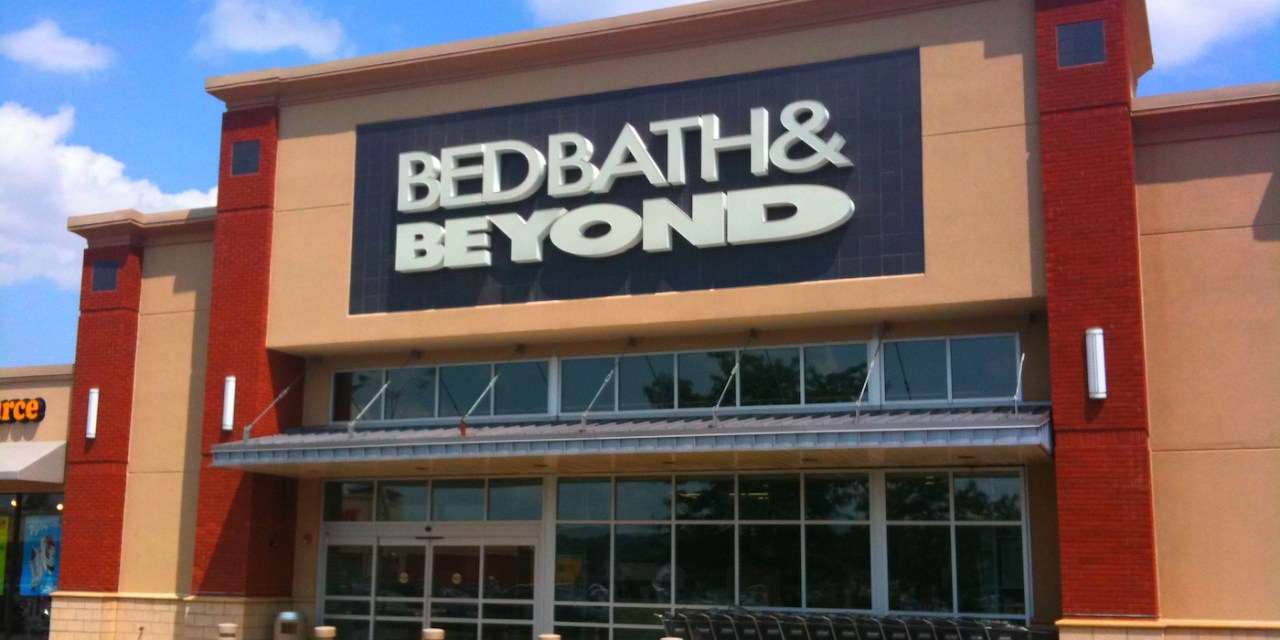After cost-cutting, Bed Bath & Beyond looks to drive people back to the store

It’s been four months since Bed Bath & Beyond named former Target executive Mark Tritton as its CEO, in the hopes of reversing nearly three years of same-store sales declines.
Tritton has started to lay out his agenda for turning the big-box retailer around. First step: cleaning house. In December, Bed Bath & Beyond announced that six members of its executive team were leaving the company, including its chief merchandising officer, chief marketing officer and chief digital officer. And last week, the company cut 500 jobs, or about 10% of its corporate team.
“We did not take the decision lightly, but it was important to better align our cost structure with our performance,” Bed Bath & Beyond spokesman Dominic Pendry said in an email. “This strategic restructuring took place across most teams in our corporate HQ, as well as our field operations. We are also outsourcing a number of support functions.”
Now, the next step is for Tritton to figure out how to bring more people back in-store. The company is now investing $400 million in remodeling stores and tech upgrades, roll out buy online pick-up in stores, cut inventory by 10% and simplify pricing.
It will be a tough balancing act. Bed Bath & Beyond has become known by its customers for its generous coupons. But analysts say that Bed Bath & Beyond can’t cut back on coupons until it provides better, more unique inventory in-store. Tritton has experience doing just that: he was formerly Target’s chief merchandising officer, and oversaw the company’s private label brand development.
“I think that if there is going to be hope for Bed Bath & Beyond, it is coming with the appointment of a new CEO,” said Gabriella Santaniello, founder of retail consulting firm A Line Partners. “But just look at some other companies that have really struggled like a JC Penney. Nothing is set in stone.”
During its last earnings report, its fiscal third-quarter earnings call in January, Bed Bath & Beyond reported that same-store sales once again declined by 8.3%.
In addition to offering too many discounts, Bed Bath & Beyond has been criticized for having cluttered stores, and offering too many commoditized products that customers could find on Wayfair or Amazon. Former CEO Steve Temares was working on addressing these issues, with plans to roll out multiple new private-label lines last year, but Wall Street lost patience with him and he stepped down in May after being pressured to do so by a group of activist investors.
Santaniello said that she would be looking to see not just what new private label brands Bed Beth & Beyond rolls out, but how the company promotes them. She’d like to see Bed Bath & Beyond lean on partnerships more to promote its private label lines, like by designing them in collaboration with celebrities, like HGTV hosts.
Ad position: web_incontent_pos1
“I think at this point it is about making Bed Bath & Beyond a destination,” Santaniello said, adding that the company should focus on “creating a lifestyle brand around various categories, because then you can create a brand that has its own identity and is easier for a customer to understand.”
Another area in which investors will be looking for more details on is how the company will revamp its stores. Tritton told the Wall Street Journal that the company will remodel about 25 of its 1,000 stores this year, widening the aisles, simplifying checkout lanes, and lowering inventory levels. But what remains to be seen is how Bed Bath & Beyond will revamp its merchandising approach in a world in which customers want more curated product displays that make it easier for them to pick out certain products.
“Many customers come into Bed Bath & Beyond on a mission with particular products in mind,” Neil Saunders, managing director of GlobalData Retail, previously told Modern Retail. “The dense approach to merchandising and the vastness of the selection makes shopping hard and occasionally unpleasant.”
Photo by Mike Mozart on Flickr

